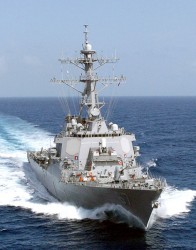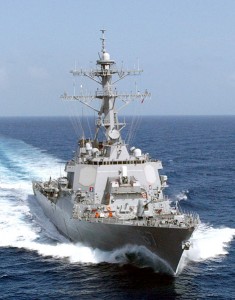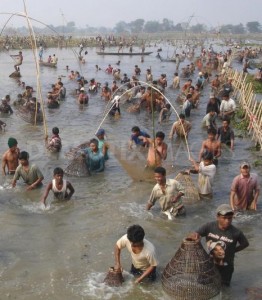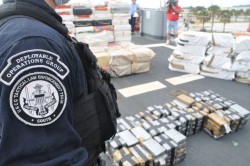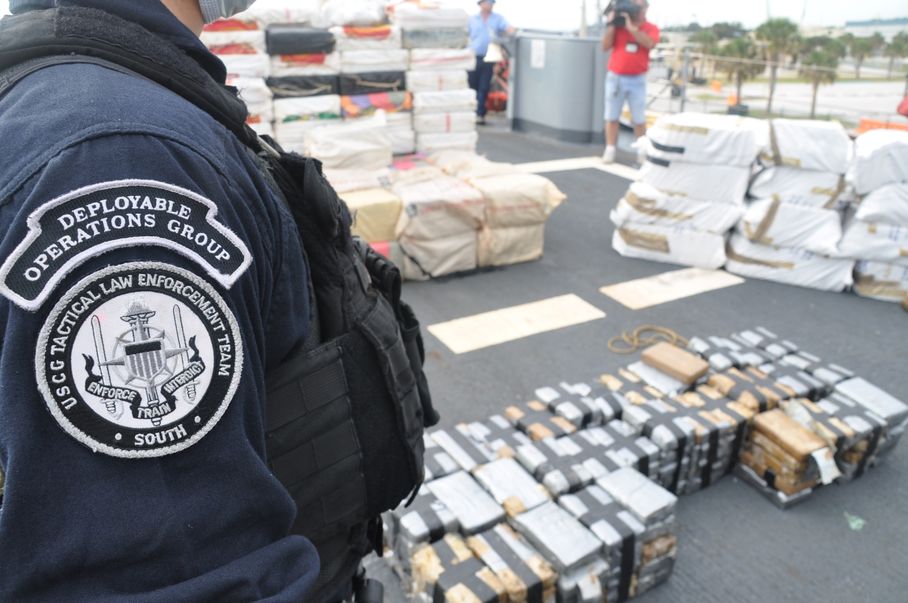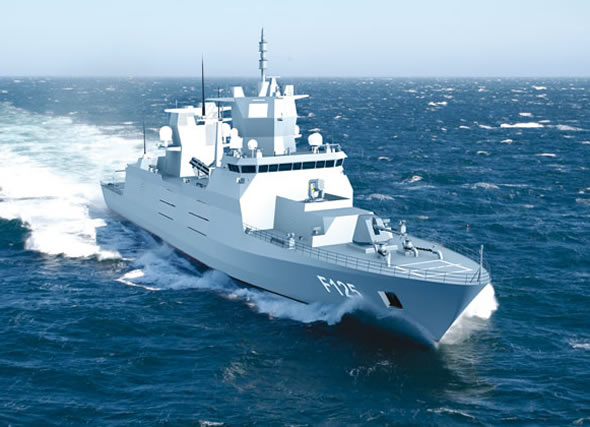
This was inspired by a question raised by Dr. Robert Farley here and here.
Within a navy the terms ‘frigate’ and ‘destroyer’ may have specific meanings, but there is no international standard. Governments often choose to call a ship a cruiser, destroyer, frigate, or corvette for political reasons, so the terms have lost much of their meaning. With the Germans building 7,200-ton F125-class ‘frigates’ and the Iranians calling their 1,500-ton Jamaran-class ‘destroyers,’ the naval typology system has lost its ability to inform.
Cruisers have all but disappeared. The term has certainly lost its relevance as a step between destroyer and battleship. In the few cases they do exist, with the sole exception of the Russian “Peter the Great,” they are functionally virtually indistinguishable from ships called destroyers, and even from some ships called frigates.
All these classes actually form a continuum of capabilities, influenced most strongly by their displacement. All fight primarily with gun, torpedo, or missile. All these ships are cruisers in the classic sense of a ship capable of sustained independent operations. They are all cruisers in the way Julian Corbett used the term, in that they are the ships that exercise sea control by enforcing blockades and protecting friendly commerce while denying it to the enemy. Additionally these are the ships that most commonly do boardings and fight piracy.
When the term cruiser first appeared it was a generic term that referred to a range of ship types with their own names. Frigates, sloops, and brigs might all have been referred to as cruisers. I’d like to propose a a return to something closer to the original meaning, to use cruiser as a generic term for surface warships that are not amphibs or aircraft carriers. I will suggest a further breakdown based on displacement with this example to show how this might be more informative:
Micro-Cruisers 1,000-<2,000 tons
Mini-Cruisers 2,000-<4,000 tons
Light Cruisers 4,000-<8,000 tons
Heavy Cruisers 8,000-<16,000 tons
Battle Cruisers 16,000 tons or more
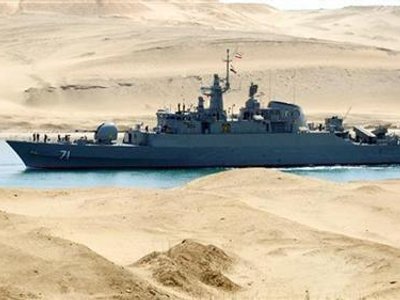
For illustrative purposes, below is a comparison of five fleets. I have included ships of the U.S. and Russian Coast Guard, because they are also capable of doing some cruiser-type work, but added a notation. The numbers may be suspect. My sources may not be up to date, but I believe the comparison is generally valid.
US Russia China UK France
Battle Cruisers — 1 — — —
Heavy Cruisers 84 4 — — —
Light Cruisers 3 (CG) 13 42 17 13
Mini-Cruisers 38 (10 CG) 19 (12 CG) 14 — 11
Micro-Cruiser 27 (CG) 34 (12 CG) 17 4 9
—- —- —- —- —-
TOTAL 152 (40 CG) 71 (24 CG) 73 21 33
There is no reason this typology could not be used in parallel with existing national or alliance systems that retain the destroyer, frigate, and corvette terms. The numbers above are based on the following:
US
Battle Cruisers —
Heavy Cruisers 84
– 22 CG
– 62 Burke
Light Cruisers 3
– 3 Bertholf (CG)
Mini-Cruisers 38
– 28 FFG/LCS
– 9 Hamilton (CG)
– 1 Alex Haley (CG)
Micro-Cruisers 27
– 13 Bear (CG)
– 14 Reliance (CG)
TOTAL 152
Russia
Battle Cruisers 1
– 1 Kirov
Heavy Cruisers 4
– 1 Kara
– 3 Slava
Light Cruisers 13
– 1 Kashin
– 8 Udaloy
– 4 Sovremennyy
Mini-Cruisers 19
– 3 Krivak (Navy)
– 6 Krivak (CG)
– 2 Neustrashimyy
– 2 Steregushchy
– 6 Ivan Susanin (CG)
Micro-Cruisers 34
– 2 Gepard
– 20 Grisha (Navy)
– 12 Grisha (CG)
TOTAL 71
China
Battle Cruisers —
Heavy Cruisers —
Light Cruisers 42
– 2 Type 052 Luhu
– 4 Soveremenny
– 3 Type 51 B/C
– 9 Type 052 B/C/D
– 17 Type 054
– 9 type 051 Luda
Mini-Cruisers 14
– 14 Jianghu
Micro-Cruisers 17
– 17 Jianghu
TOTAL 73
UK
Battle Cruisers __
Heavy Cruisers __
Light Cruisers 17
– 17 Type 45 and Type 23
Mini-Cruisers __
Micro-Cruisers 4
– 4 River-class __
TOTAL 21
France
Battle Cruisers —
Heavy Cruisers —
Light Cruisers 13
– 2 Horizon
– 2 Cassard
– 1 Tourville
– 1 Aquitaine
– 7 Georges Leygues
Mini-Cruisers 11
– 5 La Fayette
– 6 Floreal
Micro-Cruisers 9
– 9 D’Estienne d’Orves
TOTAL 33
Chuck Hill is a retired Commander in the U.S. Coast Guard. He writes at Chuck Hill’s CG Blog, with the objective of looking, over the longer term, at the budgets, policies, tactics, roles, missions, and their physical expression – the platforms – that allow the Coast Guard to do its job.

